September 3, 2024 – 7:52 AM PDT
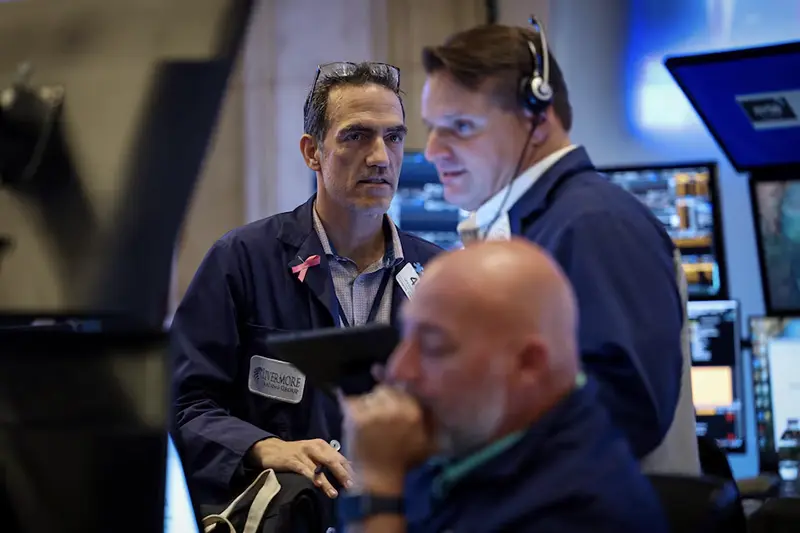 Traders work on the floor at the New York Stock Exchange (NYSE) in New York City, U.S., August 30, 2024. REUTERS/Brendan McDermid/File Photo
Traders work on the floor at the New York Stock Exchange (NYSE) in New York City, U.S., August 30, 2024. REUTERS/Brendan McDermid/File Photo(Reuters) Wall Street’s main indexes fell over 1% as investors assessed latest factory activity data, with a slew of labor market reports due through the week that could influence the extent of monetary policy easing by the Federal Reserve this year.
Advertisement
A gauge of U.S. manufacturing edged up in August from an eight-month low in July amid some improvement in employment, but the overall trend continued to point to subdued factory activity.
The S&P 500 industrials sector (.SPLRCI) fell more than 1.6% on Tuesday, with stocks such as Caterpillar (CAT.N) and 3M (MMM.N) weighing on the blue-chip Dow as well.
Rate-sensitive chip stocks such as Nvidia (NVDA.O) also fell 5.4%, sending the Philadelphia SE Semiconductor index (.SOX) down 4.1%, while megacaps Apple (AAPL.O) and Alphabet (GOOGL.O) lost more than 1.6% each.
Traders await a number of labor market reports due through the week, ahead of Friday’s non-farm payrolls data for August. The jobs market has come under greater scrutiny, after July’s report hinted at a greater-than-expected slowdown, that consequently sparked a global selloff in riskier assets.
The U.S. central bank’s meeting later in the month will be closely observed, following Chair Jerome Powell’s recent support for forthcoming policy adjustment.
Odds of a 25-basis point interest rate cut are at 63%, according to the CME Group’s FedWatch Tool, while those for a bigger 50 bps reduction are at 37%.
“It’s just speculation about the Fed. If there is any kind of economic weakness, investors believe the Fed will respond by lowering interest rates more aggressively,” Sam Stovall, chief investment strategist at CFRA Research, said.
At 10:09 a.m. the Dow Jones Industrial Average (.DJI) fell 431.56 points, or 1.04%, to 41,131.52, the S&P 500 (.SPX) lost 63.42 points, or 1.12%, to 5,584.98, and the Nasdaq Composite (.IXIC) lost 263.57 points, or 1.49%, to 17,450.06.
Nine of the 11 S&P 500 sectors fell, led by a 3% drop in energy stocks (.SPNY) on the back of weak crude prices.
However, defensive sectors such as consumer staples (.SPLRCS) and healthcare (.SPLRHC) saw marginal gains.
“With the market having been pretty strong over August, some investors are starting the month taking some profits,” said Sam Stovall, chief investment strategist at CFRA Research.
The Dow and the benchmark S&P 500 recovered from early August’s losses and ended higher on Friday, notching their fourth straight month of gains, after data pointed to a robust U.S. economy and moderating price pressures.
The Dow is near a record high and the S&P 500 is more than 1% from its own milestone as markets enter into what has been a historically weak month for the main indexes on average.
Tesla (TSLA.O) added 0.5% after a report said it plans to produce a six-seat variant of its Model Y car in China from late 2025.
Boeing (BA.N) lost 8% after Wells Fargo downgraded the planemaker’s shares to “underweight” from “equal weight”.
Declining issues outnumbered advancers for a 2.46-to-1 ratio on the NYSE and a 2.23-to-1 ratio on the Nasdaq.
The S&P 500 posted 67 new 52-week highs and four new lows, while the Nasdaq Composite recorded 39 new highs and 67 new lows.
Reporting by Johann M Cherian and Purvi Agarwal in Bengaluru; Editing by Shounak Dasgupta
Advertisements below

 German (DE)
German (DE)  English (US)
English (US)  Spanish (ES)
Spanish (ES)  French (FR)
French (FR)  Hindi (IN)
Hindi (IN)  Italian (IT)
Italian (IT)  Russian (RU)
Russian (RU) .png) 1 week ago
1 week ago



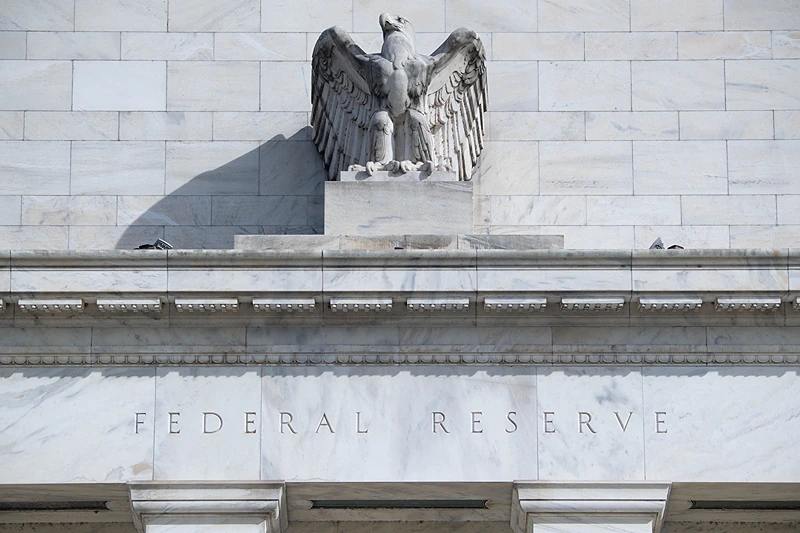


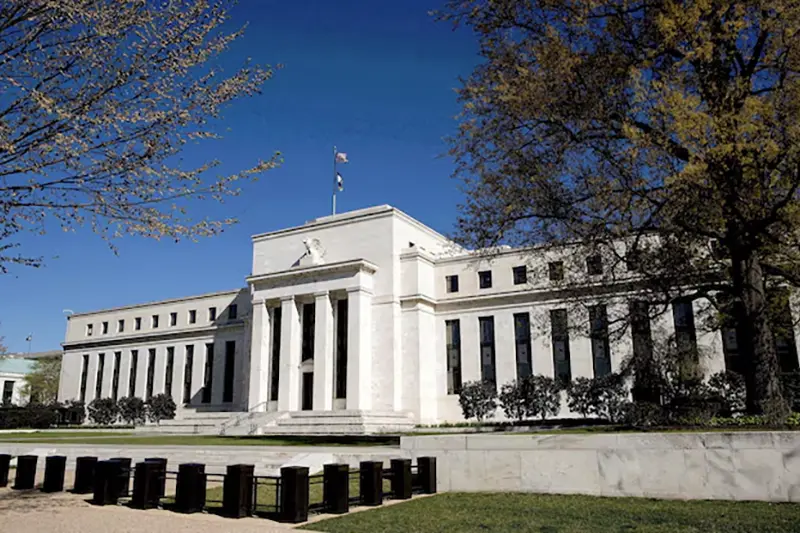
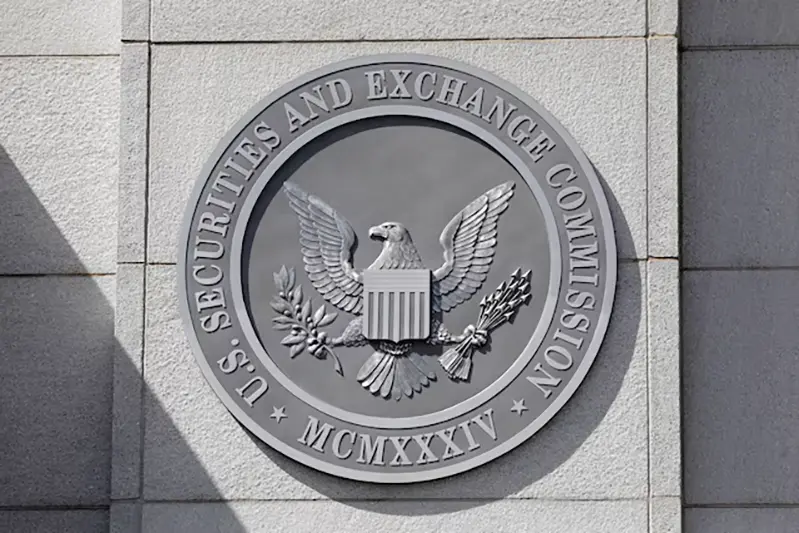


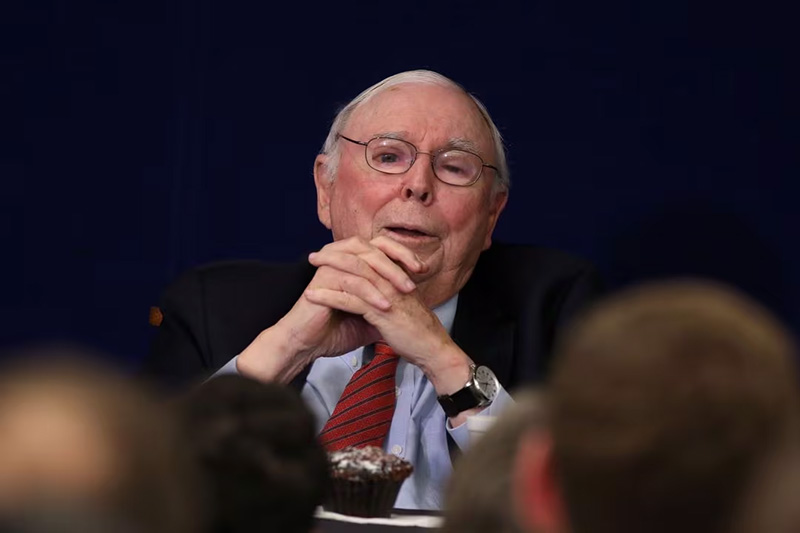











Comments